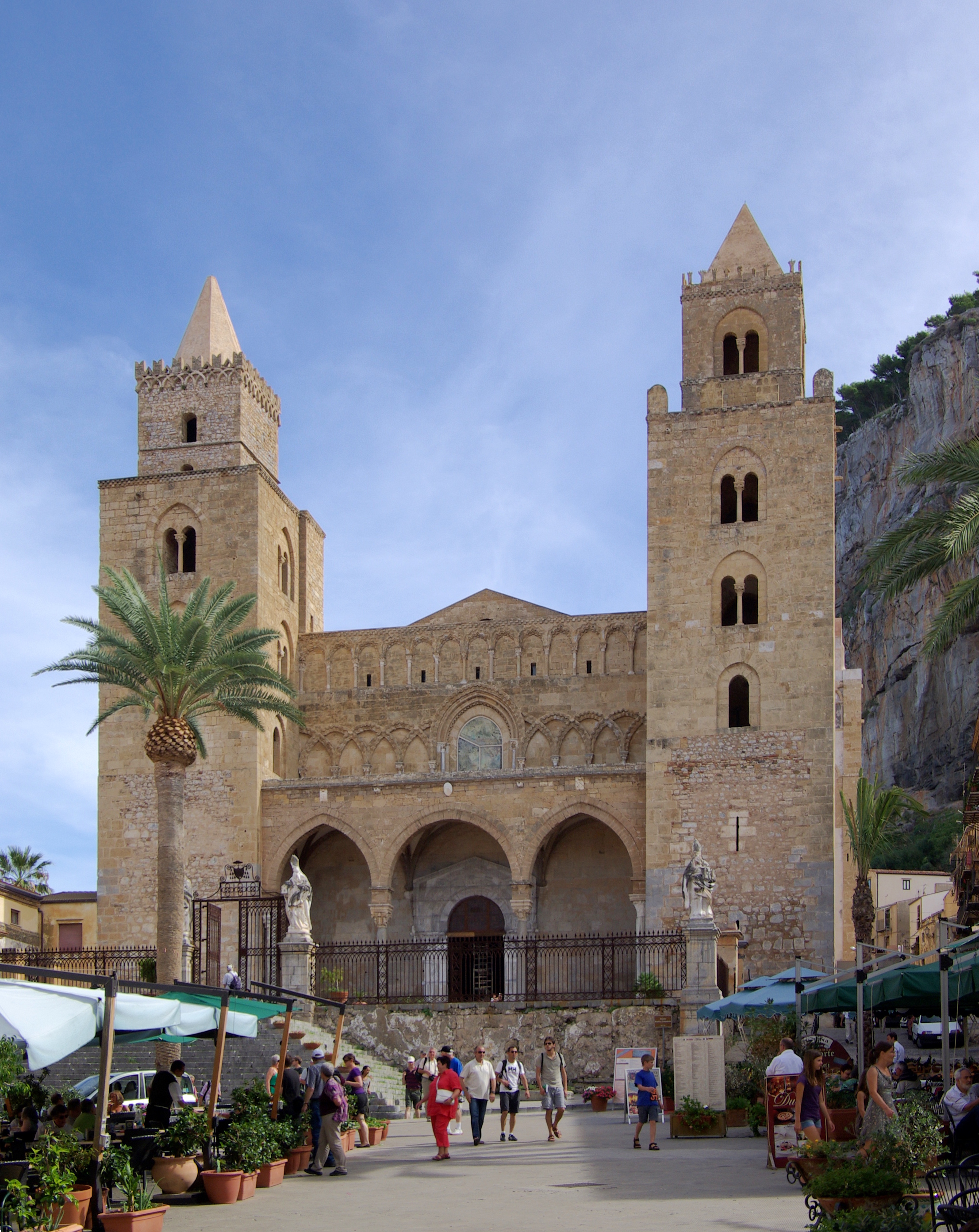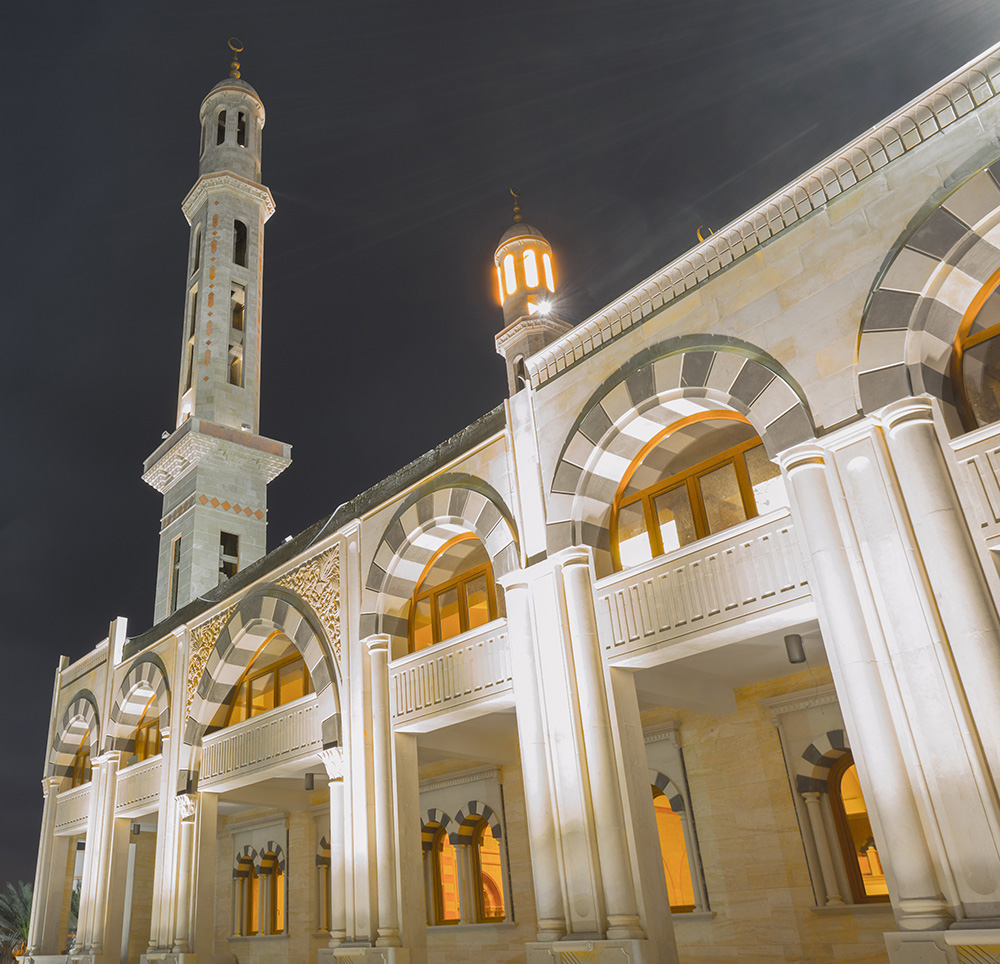|
1st Bersaglieri Regiment
The 1st Bersaglieri Regiment ( it, 1° Reggimento Bersaglieri) is an active unit of the Italian Army based in Cosenza in the Calabria region. The regiment is part of the Italian infantry corps' Bersaglieri speciality and operationally assigned to the Bersaglieri Brigade "Garibaldi". The Regiment is among the most experienced units of the Italian Army in missions abroad, and is the regiment with the highest number of decorations for military valour of the army. History Despite how the Bersaglieri speciality can trace its origins back to 1836, until 1861 only Bersaglieri Battalions existed. 1861-1915 The Bersaglieri Command of the 1st Army Corps of the Royal Italian Army was established on 16 April 1861; under the Bersaglieri Command were placed 6 Bersaglieri Battalions, which took part in the First Italian War of Independence, the Second Italian War of Independence and the Crimean War. The Bersaglieri Command included I, IX, XIII, XIX, XXI, and XXVII Battalions, as well as ... [...More Info...] [...Related Items...] OR: [Wikipedia] [Google] [Baidu] |
Italian Army
"The safeguard of the republic shall be the supreme law" , colors = , colors_labels = , march = ''Parata d'Eroi'' ("Heroes's parade") by Francesco Pellegrino, ''4 Maggio'' (May 4) by Fulvio Creux , mascot = , equipment = , equipment_label = , battles = RisorgimentoWar of 1866 Italo-Ethiopian War of 1887–1889Mahdist WarFirst Italo-Abyssinian WarBoxer RebellionItalo-Turkish WarWorld War I Second Italo-Abyssinian WarSpanish Civil WarItalian invasion of AlbaniaWorld War IIGulf WarKosovo War1999 East Timorese crisisGlobal War on Terrorism *Iraq War *War in Afghanistan , anniversaries = 4 November, National Unity and Armed Forces Day 4 May, Army Day , decorations = 3 Cavalier Crosses of the Military Order of Italy 1 Gold Medal of Military Valor 2 Gold Medals of Civil Valor 1 Silver Medal of Civil Valo ... [...More Info...] [...Related Items...] OR: [Wikipedia] [Google] [Baidu] |
First Italian War Of Independence
The First Italian War of Independence ( it, Prima guerra d'indipendenza italiana), part of the Italian Unification (''Risorgimento''), was fought by the Kingdom of Sardinia (Piedmont) and Italian volunteers against the Austrian Empire and other conservative states from 23 March 1848 to 22 August 1849 in the Italian Peninsula. The conflict was preceded by the outbreak of the Sicilian Revolution of 1848 against the House of Bourbon-Two Sicilies. It was precipitated by riots in the cities of Milan ( Five Days) and Venice, which rebelled against Austria and established their own governments. The part of the conflict which was fought by King Charles Albert against Austria in northern Italy was a royal war and consisted of two campaigns. In both campaigns, the Kingdom of Sardinia attacked the Austrian Empire and after initial victories, Sardinia was decisively defeated and so lost the war. The decisive events of the first and second campaigns were the Battles of Custoza and Novar ... [...More Info...] [...Related Items...] OR: [Wikipedia] [Google] [Baidu] |
Frosinone
Frosinone (, local dialect: ) is a town and ''comune'' in Lazio, central Italy, the administrative seat of the province of Frosinone. It is located about south-east of Rome close to the Rome-Naples A1 Motorway. The city is the main city of the Valle Latina ("Latin Valley"), an Italian geographical and historical region that extends from south of Rome to Cassino. Until the nineteenth century it was a village with a rural vocation, while from the twentieth century it became an important industrial and commercial center. Traditionally considered a Volscian city, with the name of ''Frusna'' and then the Roman of Latium adiectum as ''Frùsino'', over the course of its millenary history it has been subjected to multiple devastations and plunders caused by its geostrategic position; as a consequence of this, as well as due to the destruction due to seismic events (the most ruinous of which occurred in September 1349), it retains only rare, albeit significant, traces of its past. Etymolog ... [...More Info...] [...Related Items...] OR: [Wikipedia] [Google] [Baidu] |
Cefalù
Cefalù (), classically known as Cephaloedium (), is a city and comune in the Italian Metropolitan City of Palermo, located on the Tyrrhenian coast of Sicily about east of the provincial capital and west of Messina. The town, with its population of just under 14,000, is one of the major tourist attractions in the region. Despite its size, every year it attracts millions of tourists from all parts of Sicily and also, from all over Italy and Europe. Names The city's Sicilian name is . It was named by the Greeks who called it ''Kephaloídion'' () or ''Kephaloidís'' (). These were latinised as ''Cephaloedium'' and ''Cephaloedis''. Under Arab rule, it was known as ''Gafludi''. Under Carthaginian rule, it was known as "Cape Melqart" ( xpu, 𐤓𐤔 𐤌𐤋𐤒𐤓𐤕, ), after the Tyrian god. History Of Siculian foundation, in the fourth century BC the Greeks gave the indigenous settlement the name of ''Kephaloídion'', evidently derived from its situation on a lofty and p ... [...More Info...] [...Related Items...] OR: [Wikipedia] [Google] [Baidu] |
Naples
Naples (; it, Napoli ; nap, Napule ), from grc, Νεάπολις, Neápolis, lit=new city. is the regional capital of Campania and the third-largest city of Italy, after Rome and Milan, with a population of 909,048 within the city's administrative limits as of 2022. Its province-level municipality is the third-most populous metropolitan city in Italy with a population of 3,115,320 residents, and its metropolitan area stretches beyond the boundaries of the city wall for approximately 20 miles. Founded by Greeks in the first millennium BC, Naples is one of the oldest continuously inhabited urban areas in the world. In the eighth century BC, a colony known as Parthenope ( grc, Παρθενόπη) was established on the Pizzofalcone hill. In the sixth century BC, it was refounded as Neápolis. The city was an important part of Magna Graecia, played a major role in the merging of Greek and Roman society, and was a significant cultural centre under the Romans. Naples served a ... [...More Info...] [...Related Items...] OR: [Wikipedia] [Google] [Baidu] |
Vicenza
Vicenza ( , ; ) is a city in northeastern Italy. It is in the Veneto region at the northern base of the ''Monte Berico'', where it straddles the Bacchiglione River. Vicenza is approximately west of Venice and east of Milan. Vicenza is a thriving and cosmopolitan city, with a rich history and culture, and many museums, art galleries, piazzas, villas, churches and elegant Renaissance '' palazzi''. With the Palladian Villas of the Veneto in the surrounding area, and his renowned ''Teatro Olimpico'' (Olympic Theater), the "city of Palladio" has been listed as a UNESCO World Heritage Site since 1994. In December 2008, Vicenza had an estimated population of 115,927 and a metropolitan area of 270,000. Vicenza is the third-largest Italian industrial centre as measured by the value of its exports, and is one of the country's wealthiest cities, in large part due to its textile and steel industries, which employ tens of thousands. Additionally, about one fifth of the country's gold a ... [...More Info...] [...Related Items...] OR: [Wikipedia] [Google] [Baidu] |
Marmarica
Marmarica (Greek Μαρμαρική) in ancient geography was a littoral area in Ancient Libya, located between ''Cyrenaica'' and ''Aegyptus''. It corresponds to what is now the Libya and Egypt frontier, including the towns of Bomba (ancient ''Phthia''), Timimi (ancient ''Paliurus''), Tobruk (ancient ''Antipyrgus''), Acroma (ancient ''Gonia''), Bardiya, As-Salum, and Sidi Barrani (ancient ''Zygra''). The territory stretched to the far south, encompassing the Siwa Oasis, which at the time was known for its sanctuary to the deity Amun. The eastern part of Marmarica, by some geographers considered a separate district between Marmarica and Aegyptus, was known as ''Libycus Nomus''. In late antiquity, Marmarica was also known as ''Libya Inferior'', while Cyrenaica was known as ''Libya Superior''. ''Libya'' is found in Africa and is located west of the Nile, more precisely west of the mouth of the Nile at Canopus. The ''Periplus of Pseudo-Scylax'' names the Adyrmachidae as the first ... [...More Info...] [...Related Items...] OR: [Wikipedia] [Google] [Baidu] |
Misurata
Misrata ( ; also spelled Misurata or Misratah; ar, مصراتة, Miṣrāta ) is a city in the Misrata District in northwestern Libya, situated to the east of Tripoli and west of Benghazi on the Mediterranean coast near Cape Misrata. With a population of about 881,000, it is the third-largest city in Libya, after Tripoli and Benghazi. It is the capital city of the Misrata District and has been called the trade capital of Libya. The harbor is at Qasr Ahmad. Etymology The name "Misrata ⵎⵙⵔⴰⵜⴰ" derives from the Misrata tribe, a section of the larger Berber Hawwara confederacy, whose homeland in Antiquity and the early Islamic period was coastal Tripolitania.Deadly fighting rages in Libya's Bani Walid . '' |
Italo-Turkish War
The Italo-Turkish or Turco-Italian War ( tr, Trablusgarp Savaşı, "Tripolitanian War", it, Guerra di Libia, "War of Libya") was fought between the Kingdom of Italy and the Ottoman Empire from 29 September 1911, to 18 October 1912. As a result of this conflict, Italy captured the Ottoman Tripolitania Vilayet, of which the main sub-provinces were Fezzan, Cyrenaica, and Tripoli itself. These territories became the colonies of Italian Tripolitania and Cyrenaica, which would later merge into Italian Libya. During the conflict, Italian forces also occupied the Dodecanese islands in the Aegean Sea. Italy agreed to return the Dodecanese to the Ottoman Empire in the Treaty of Ouchy in 1912. However, the vagueness of the text, combined with subsequent adverse events unfavourable to the Ottoman Empire (the outbreak of the Balkan Wars and World War I), allowed a provisional Italian administration of the islands, and Turkey eventually renounced all claims on these islands in Article ... [...More Info...] [...Related Items...] OR: [Wikipedia] [Google] [Baidu] |
First Italo-Ethiopian War
The First Italo-Ethiopian War, lit. ''Abyssinian War'' was fought between Italy and Ethiopia from 1895 to 1896. It originated from the disputed Treaty of Wuchale, which the Italians claimed turned Ethiopia into an Italian protectorate. Full-scale war broke out in 1895, with Italian troops from Italian Eritrea achieving initial successes against Tigrayan warlords at the battle of Coatit and the battle of Senafe until they were reinforced by a large Ethiopian army led by Emperor Menelik II. Italian defeat came about after the Battle of Adwa, where the Ethiopian army dealt the heavily outnumbered Italian soldiers and Eritrean askaris a decisive blow and forced their retreat back into Eritrea. The war concluded with the Treaty of Addis Ababa. Because this was one of the first decisive victories by African forces over a European colonial power, this war became a preeminent symbol of pan-Africanism and secured Ethiopia's sovereignty until 1936. Background The Khedive of Egypt ... [...More Info...] [...Related Items...] OR: [Wikipedia] [Google] [Baidu] |
Battle Of Dogali
The Battle of Dogali was fought on 26 January 1887 between Italy and Ethiopia in Dogali near Massawa, in present-day Eritrea. History The Italians, after their unification in 1861, wanted to establish a colonial empire to cement their great power status. Their occupation of coastal Eritrea brought Italian interests into direct conflict with those of Ethiopia (Abyssinia). As soon as the Italians considered they were strong enough to advance into Abyssinia, they seized the villages of Ua-à and Zula along with the town of Sahati, in modern-day Eritrea and erected a small redoubt on the heights commanding the water supply for the caravans. Ras Alula Engida the governor under Emperor Yohannes IV had at the time left Asmara, his headquarters, for the Basen country, in order to punish the Dervishes for raiding the Dembala provinces. On hearing the news of the Italian advance, he returned to Asmara and informed the Italian officials that they were violating the treaty between Abyssin ... [...More Info...] [...Related Items...] OR: [Wikipedia] [Google] [Baidu] |
Third Italian War Of Independence
The Third Italian War of Independence ( it, Terza Guerra d'Indipendenza Italiana) was a war between the Kingdom of Italy and the Austrian Empire fought between June and August 1866. The conflict paralleled the Austro-Prussian War and resulted in Austria conceding the region of Venetia (present-day Veneto, Friuli and the city of Mantua, the last remnant of the ''Quadrilatero'') to France, which were later annexed by Italy after a plebiscite. Italy's acquisition of this wealthy and populous territory represented a major step in the Unification of Italy. Background Victor Emmanuel II of Savoy had been proclaimed King of Italy on 17 March 1861 but did not control Venetia or the much-reduced Papal States. The situation of the , a later Italian term for part of the country under foreign domination that literally meaning ''unredeemed'', was an unceasing source of tension in the domestic politics of the new kingdom and a cornerstone of its foreign policy. The first attempt to seize ... [...More Info...] [...Related Items...] OR: [Wikipedia] [Google] [Baidu] |


_-_facade_on_Piazza_dei_signori.jpg)




